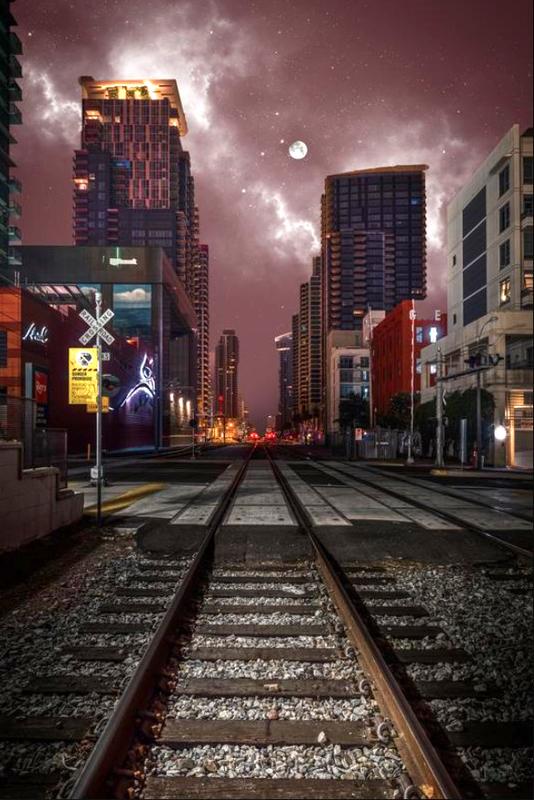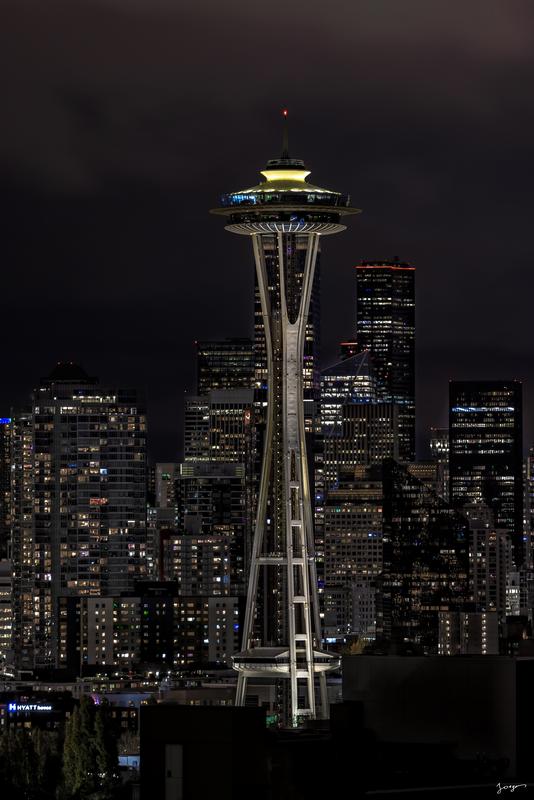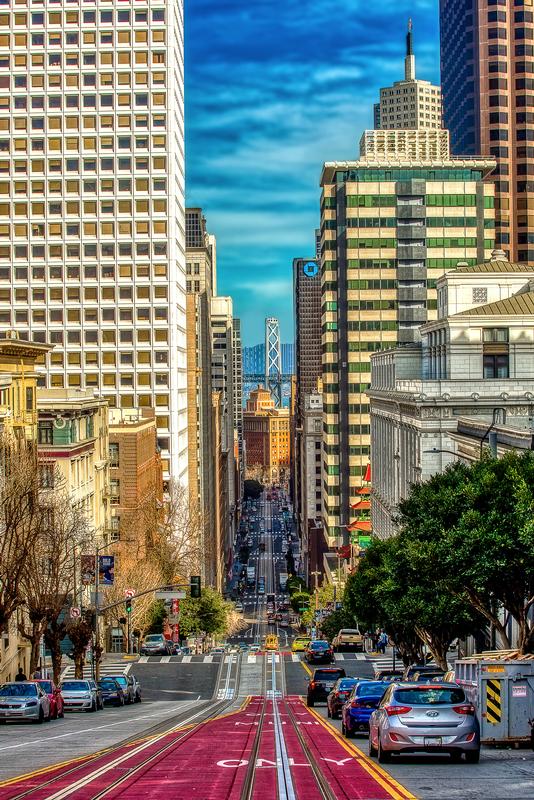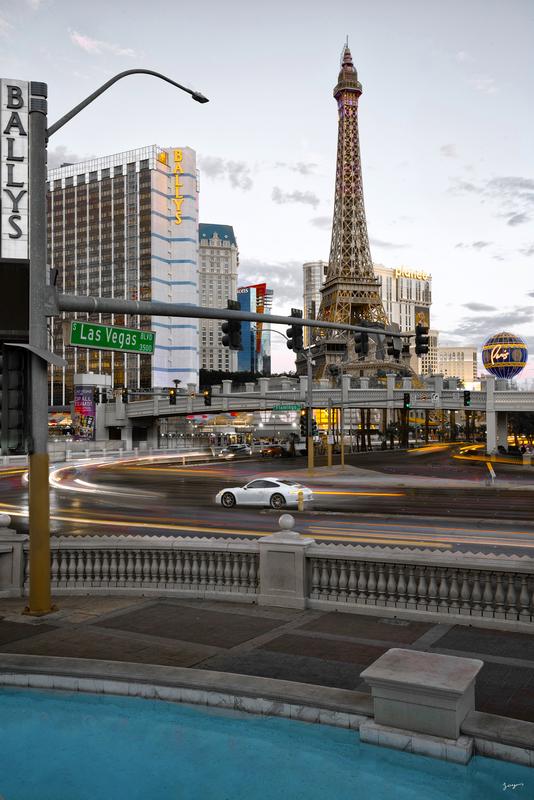Artificial Intelligence (AI) and The World Of Visual Arts
In 2024, AI (short for Artificial Intelligence) is yet another shiny new object, that promises humans a vast array of possibilities in expanded creativity, replacing humans from having to perform the most mundane and repetitive tasks. It offers to substitute humans in healthcare, the automotive industry (self-driving cars), cyber-security, language processing, entertainment, and many other industrial, financial, and educational sectors. Just like when the first film camera was built or the internet was invented, no one could predict in which direction those new tools would be used. Same way no one knows in which direction AI will evolve and where it will take us.
For now, we can at least attempt to explore the prospects and the happenings of this amazing technological creation and how it specifically affects the world of visual arts - landscape photography, digital imaging, and other visual art forms.
AI has a major impact on the world of arts in several ways, sparking both- excitement and debate. Here's a breakdown of the key influences:
New avenues for artistic creation:
- Generative Art: AI can produce entirely new artworks, like paintings or music, based on styles or themes an artist feeds it. This allows for the exploration of new creative possibilities.
- Collaboration: Artists can use AI tools to automate tedious tasks, freeing them up for more creative endeavors. AI can also act as a collaborator, suggesting ideas or variations that the artist might not have considered themselves.
Democratization of art creation:
- User-friendly AI tools are making artistic creation more accessible, even for those without extensive artistic training.
Challenges and considerations:
- Ownership and Authorship: AI-generated art raises questions about who owns the artwork and who deserves credit for its creation. Is it the artist who provided the prompt, or the AI itself?
- Bias in AI: AI algorithms are trained on existing data sets, which can perpetuate biases. This can lead to AI-generated art reflecting stereotypes or excluding certain perspectives.
- Impact on human artists: There are concerns that AI could replace human artists for certain tasks, particularly in commercial art.
Impact on the art market:
- Art Authentication: AI can be used to analyze stylistic elements and identify forgeries.
- Market Prediction: AI can analyze data to predict which types of art might be most popular with collectors.
Overall, AI's influence on the art world is complex and constantly evolving. While it presents challenges, it also offers exciting new creative possibilities. The way artists and society adapt to this technology will shape the future of art.
How AI is Used In Arts
AI is being wielded by artists and creators in a surprising number of ways, both to enhance the artistic process and to create entirely new art forms. Here's a glimpse into how AI is being used in the arts:
Inspiration and Exploration:
-
AI Art Generation: Platforms like "Midjourney" or "DALL-E 2" allow artists to input text descriptions and receive unique images based on those prompts. This can spark new ideas and help visualize concepts in unexpected ways. Read examples of two controversial incidents where AI-generated images were used in art exhibitions winning first prizes.
-
Style Transfer: AI can be used to apply the style of a famous artist to a new image or even a video. This allows artists to experiment with different aesthetics and create homages to artistic movements.
Collaboration and Automation:
-
AI-powered Tools: Repetitive tasks like image editing, color correction, or music composition can be streamlined with AI tools. This frees up artists to focus on more creative aspects of their work.
-
Interactive Art Installations: AI can assist in creating interactive art experiences that respond to the viewer's presence or movement. This creates a dynamic and engaging experience for the audience.
-
AI Music Generation: Software like Amper Music can create original pieces of music based on genre, mood, or specific instruments. This can be a source of inspiration for composers or even a starting point for further development.
-
AI-driven Performances: AI can be used to create performances that combine visuals, music, and movement in real time. This opens up new avenues for artistic expression that blend technology and human creativity.
Preserving and Analyzing Art:
-
Art Restoration: AI can be used to analyze and restore damaged artworks, fill in missing details, and correct imperfections.
-
Art Authentication: By analyzing brushstrokes and stylistic elements, AI can help determine the authenticity of paintings and sculptures.
AI-Generated Art vs Digital Photography
AI art and digital photography are both methods of creating visually stunning pieces, but they approach image creation in fundamentally different ways. Here's a breakdown of their key differences:
Origin of the Image:
-
Digital Photography: Captures light using a camera sensor, resulting in a digital representation of the real world. The photographer plays a crucial role in composition, lighting, and capturing the moment.
-
AI Art: Created entirely by algorithms. The artist provides prompts or instructions, and the AI generates the image based on its understanding of those prompts and its training data.
Control and Uniqueness:
-
Digital Photography: The photographer has a high degree of control over the final image. They can choose the subject, lighting, composition, and editing style.
-
AI Art: The artist has less control over the outcome. While prompts and parameters can guide the AI, the exact output can be unpredictable and may require multiple attempts to achieve the desired result. However, AI art excels at generating unique and fantastical imagery.
Accuracy and Realism:
-
Digital Photography: Can capture the world with a high degree of accuracy and realism. Photographers can use various techniques to manipulate the image, but the foundation is a real-world scene.
-
AI Art: May not always strive for realism. While AI can generate photorealistic images, it can also create surreal or fantastical scenes that wouldn't be possible with traditional photography.
-
Digital Photography: Requires technical skill and knowledge of camera settings, lighting, and composition. The photographer must also have an eye for aesthetics and the ability to capture a compelling image.
-
AI Art: Requires a different skill set. The artist needs to understand how to formulate effective prompts and use the AI tools to their advantage. Understanding the capabilities and limitations of AI is crucial for getting the desired results.
Applications:
-
Digital Photography: Widely used for photojournalism, portraiture, landscape photography, commercial purposes, and personal artistic expression.
-
AI Art: Used for creating concept art, and illustrations, generating ideas, exploring artistic styles, and creating unique visuals for various applications.
Ultimately, AI art and digital photography are not replacements for each other, but rather complementary tools. The choice between them depends on the desired outcome and the artist's creative vision.
Can You Tell The Difference Between AI-Generated Image and Digital Photography
Distinguishing between a great digital photograph and an AI-generated image can be tricky, especially as AI technology keeps improving. Here are some clues to help you tell them apart:
Look for inconsistencies:
-
Unnatural details: AI-generated images may contain strange inconsistencies, like nonsensical objects in the background, illogical shadows, or repetitive patterns. Examine details like reflections in water, animal anatomy, or the flow of fabric for anomalies.
-
Imperfect realism: While AI can be very realistic, it might stumble on certain textures or materials. Look for overly smooth skin tones, unrealistic hair rendering, or oddly perfect leaves on a tree.
Consider the scene itself:
-
Highly stylized or fantastical scenes: If the image depicts a scene that wouldn't exist in the real world, like a city floating in the sky, it's more likely AI-generated.

-
Unusual lighting or color palettes: AI can create dramatic or dreamlike lighting effects that would not be possible in a natural setting. Pay attention to strangely colored shadows or a uniform, almost artificial, glow.
Missing elements of real photography:
-
Grain or noise: Modern digital cameras capture some level of digital noise or grain, especially in low-light situations. Perfectly smooth images, particularly in darker areas, might be a sign of AI manipulation.
-
Lens artifacts: Slight imperfections or distortions around the edges of the image can be a sign of a real camera lens. AI-generated images might have a sterile, overly perfect presentation.
Investigate the source:
- Context clues: If you encounter the image online, is it credited to a photographer or an AI art tool? Look for accompanying information about the creation process.
Remember, these are not foolproof methods. As AI technology matures, it will become even more adept at creating realistic-looking images. However, by being aware of these indicators, you can develop a sharper eye for spotting the subtle differences between digital photographs and AI creations.


